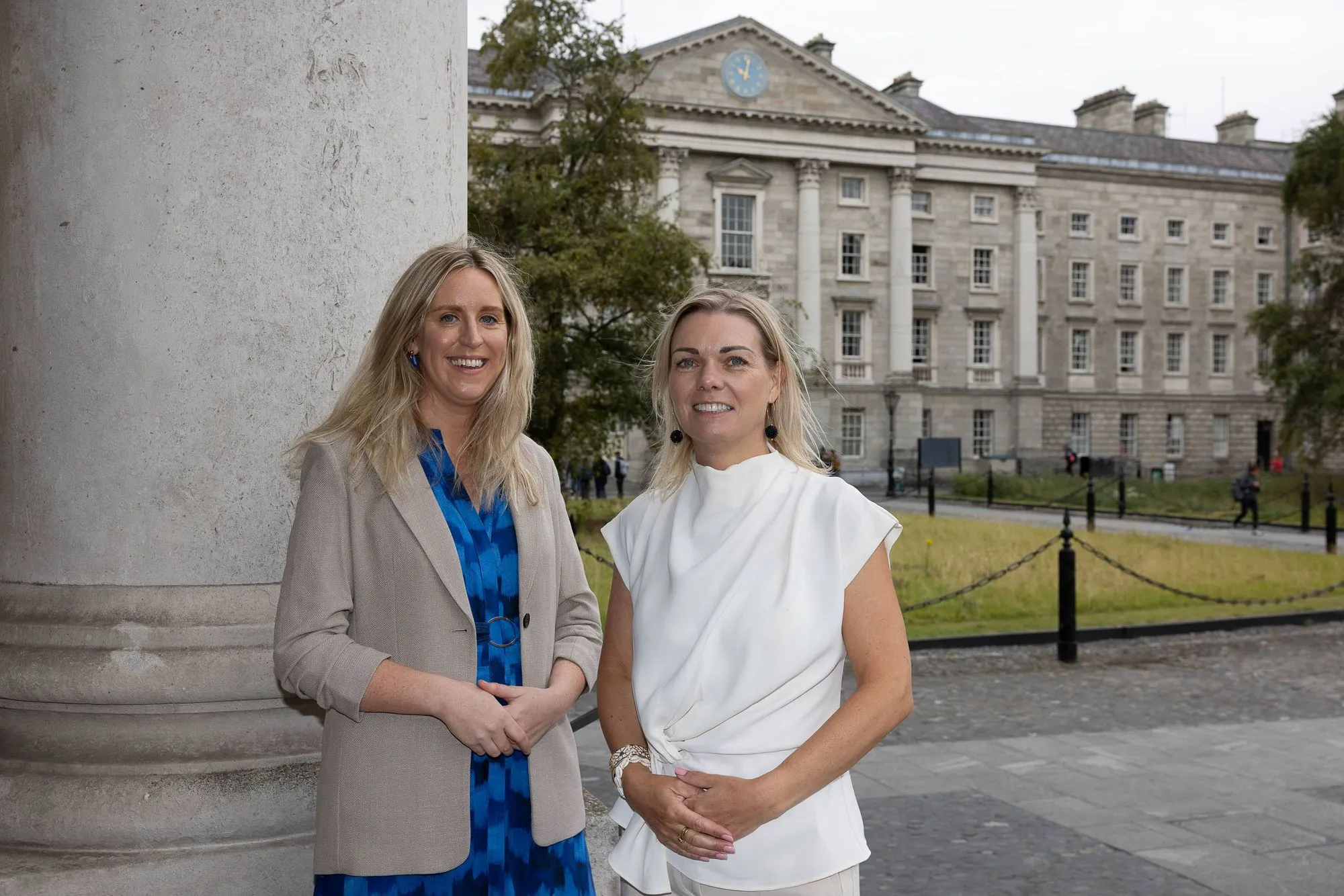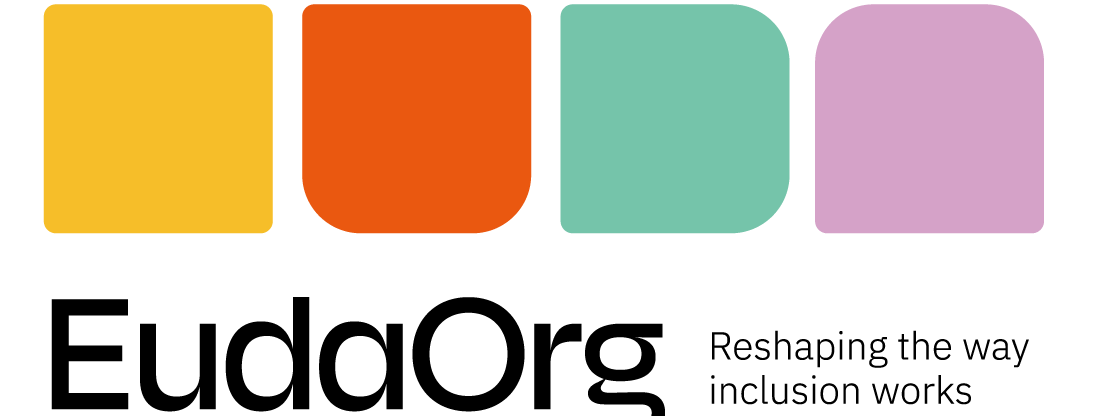Having an intersectional lens means we consider all factors that contribute to a person’s lived experience. Such as a person’s protected characteristics (e.g., gender, age, disability, etc.), their socioeconomic background, health, visa status, and where they live... to name but a few.
Research by the University of Essex in 2017 used intersectional data to evaluate the impact of disability on British employees’ pay. They found that the employees’ race, gender, and type of disability were all interconnected in determining if there was a pay gap and how large it was.
Without taking an intersectional approach, organisations are at risk of not fully identifying the needs of their organisation. While intersectionality is a nuanced subject, we are committed to supporting organisations with identifying tangible steps they can take. Here are six steps your organisation can take to support intersectionality in your organisation:
1. Recognise
Recognise that everyone in your organisation has individual needs based on their unique characteristics and experience.
2. Collect
All organisations collect data, but data collection should be intersectional. Here are some suggestions about making sure your data is inclusive:
a. Ensure you ask intersectional questions in surveys and questionnaires
b. ask employees what their individual needs are in 1:1 a setting
c. collect confidential data by offering employees ways they can share needs safely
3. Educate
Now that you have recognised everyone has unique needs and collected data on what those needs are, what comes next? Educate! Educate Senior and Line Managers on what employees need. Create a culture where intersectionality is accepted and celebrated. Encourage Managers to not use a prescriptive or one-size-fits all approach in their management style. Professional Development and Coaching can help Managers implement this.
4. Communicate
There are many ways to communicate. Communication comes in the words we say, our body language, and our own actions and behaviour. The best way we can communicate what matters to them is by modelling the behaviour ourselves. Nothing is more frustrating for employees than when leaders’ words don’t align with their behaviour. Leadership Teams should model this person-centred approach when working with Senior Managers. Senior Managers should model this approach with Line Managers, and so on. Show others how you want them to treat others in the organisation.
5. Inspect
Data collection should be an ongoing process. Constantly review your data and goals. Inspect if data, goals, and communication styles are effective. Intersectionality is the opposite of the standardised fit and its goal is to ‘treat people how they want to be treated.’
6. Protect
Protect your employees and their data, particularly when collecting data on protected characteristics as appropriate. Any disclosures should be led by the employee to create psychological safety in your organisation. Employees should feel comfortable to express their needs.
This may sound like a lot, but it doesn’t have to be. At EudaOrg, our goal is to automate and support your D&I team to save time on implementing these processes in your organisation. We develop the assessments and learning, support you to comply, and provide you with the resources you need to action plan effectively.
Posted by Nessa
.webp)








